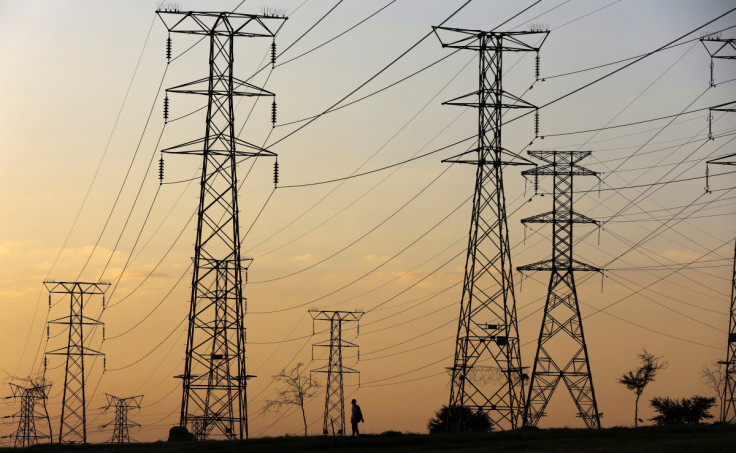Current Trends Hint At Four Times More Load-Shedding In 2023
Eskom confirmed that load-shedding in 2023 has exceeded compared to the previous year. According to the Council for Scientific and Industrial Research (CSIR) Energy Centre, the current trends suggest that there will be four times more load-shedding this year.
"Yes, the demand not supplied due to load shedding in the calendar year 2023 up to midnight of 7 May 2023 exceeded the demand not supplied in the calendar year of 2022," Eskom said, News24 reported on Wednesday.
Eskom said this to the outlet in response to a graph circulated on Twitter, showing the amount of load-shedding that took place and it will surpass 2022's load-shedding.
Some time tomorrow afternoon or evening, we will have #loadshed more Gigawatt hours in 2023 year-to-date than the ENTIRE of 2022. Just to highlight how bad things have gotten. 2023 is going to be at least 2.5x 2022 shedding. And SARB thinks we gonna post GDP growth🤣 pic.twitter.com/PagPzDiOme
— Dwaine van Vuuren (@dwaine_van) May 9, 2023
A senior researcher of the Council for Scientific and Industrial Research's (CSIR) Energy Centre, Monique le Roux used publicly available data from the EskomSePush app and the National Energy Regulator of South Africa to analyze the situation.
According to the analyses, if Stage 6 continues, then it can surpass the previous year's number of load-shedding. He pointed out that in 2022 there was four times more load-shedding compared to 2021 while looking at the current trends, it can be repeated in 2023 as well.
Le Roux noted that there have been 2,896 hours of load shedding this year so far. Whereas, in the entire 2022, there were 3,751 hours of load-shedding. Moreover, there have been more Stage 6 load-shedding hours in 2023 compared to the previous year.
The previous year witnessed 166 hours of Stage 6 load-shedding and this year, already measured 548 hours of Stage 6.
"Because of this level of uncertainty, Eskom has resorted to scenario planning for varying levels of unplanned unavailability," Eskom told the outlet. "For winter 2023, the scenarios range from 15 000MW - 18 000MW of unplanned unavailability."
Considering the current situation as of May 10, Eskom has implemented Stage 6 load-shedding since May 7 until further notice.
"Due to the failure of additional generating units and the delay of several units to return to service, Stage 6 load-shedding will be implemented at 16:00 this afternoon until further notice," the official website of Eskom mentioned. "This is anticipated to persist throughout the week. Eskom will publish a further update as soon as any significant changes occur."
Electricity Minister Kgosientsho Ramokgopa shared four plans to improve the Energy Availability Factor (EAF) earlier this week. Last month, he also visited 14 power stations across the country to find out the reason behind load-shedding and how it can be reduced.
During his visit, the minister noted that there are only technical issues that need to be fixed and no corruption that is contributing to the load-shedding.
However, there have been cases of theft and sabotage at power stations that contributed to the load-shedding problem. Hence, President Cyril Ramaphosa deployed 880 South African National Defence Force (SANDF) members to protect Eskom power stations across the country from May 4 onwards.
Recently, the presidency disclosed that 2,700 SANDF members were sent to power stations to assist SAPS to protect the Eskom power stations under Operation Prosper between March 17 to April 17.

© Copyright 2025 IBTimes ZA. All rights reserved.





















